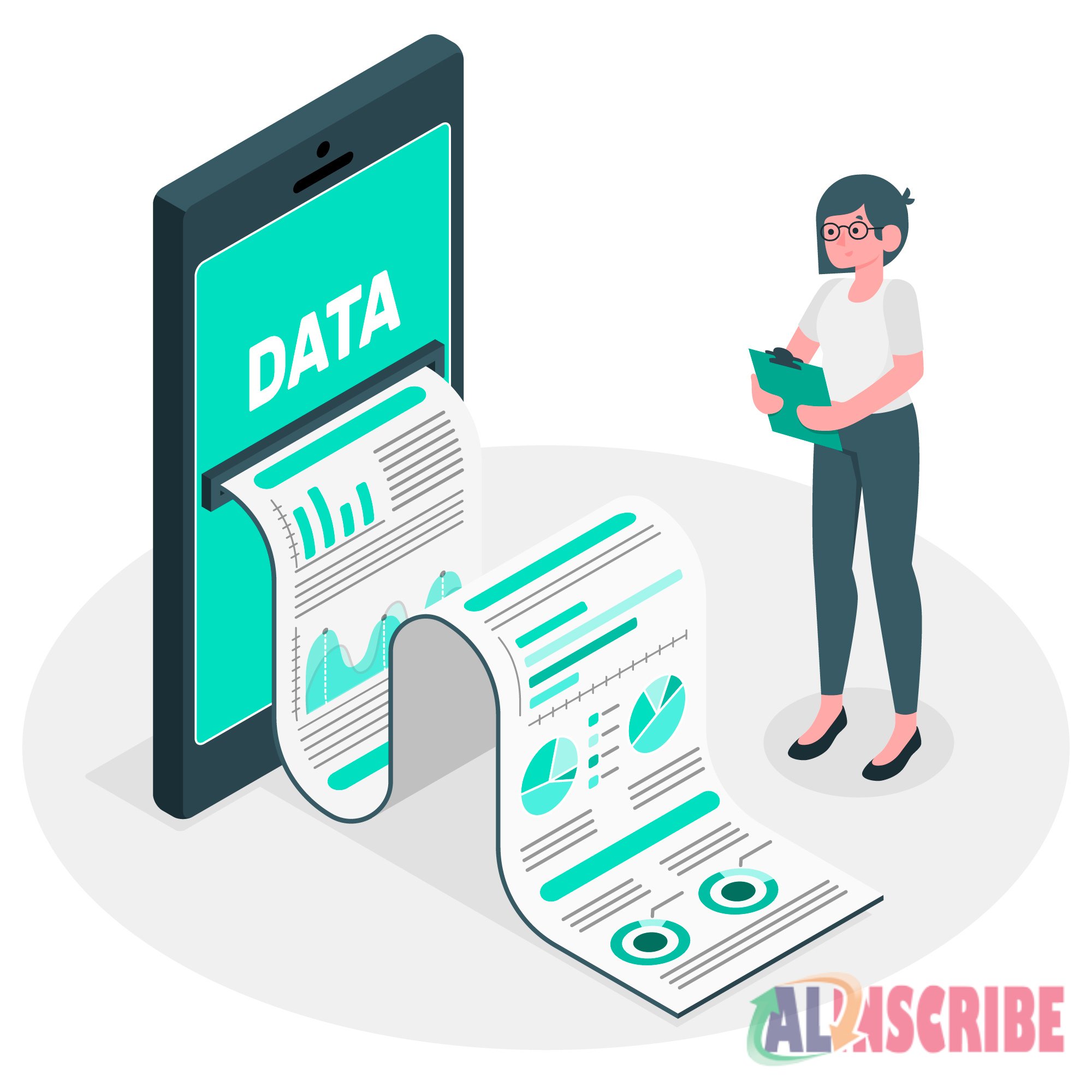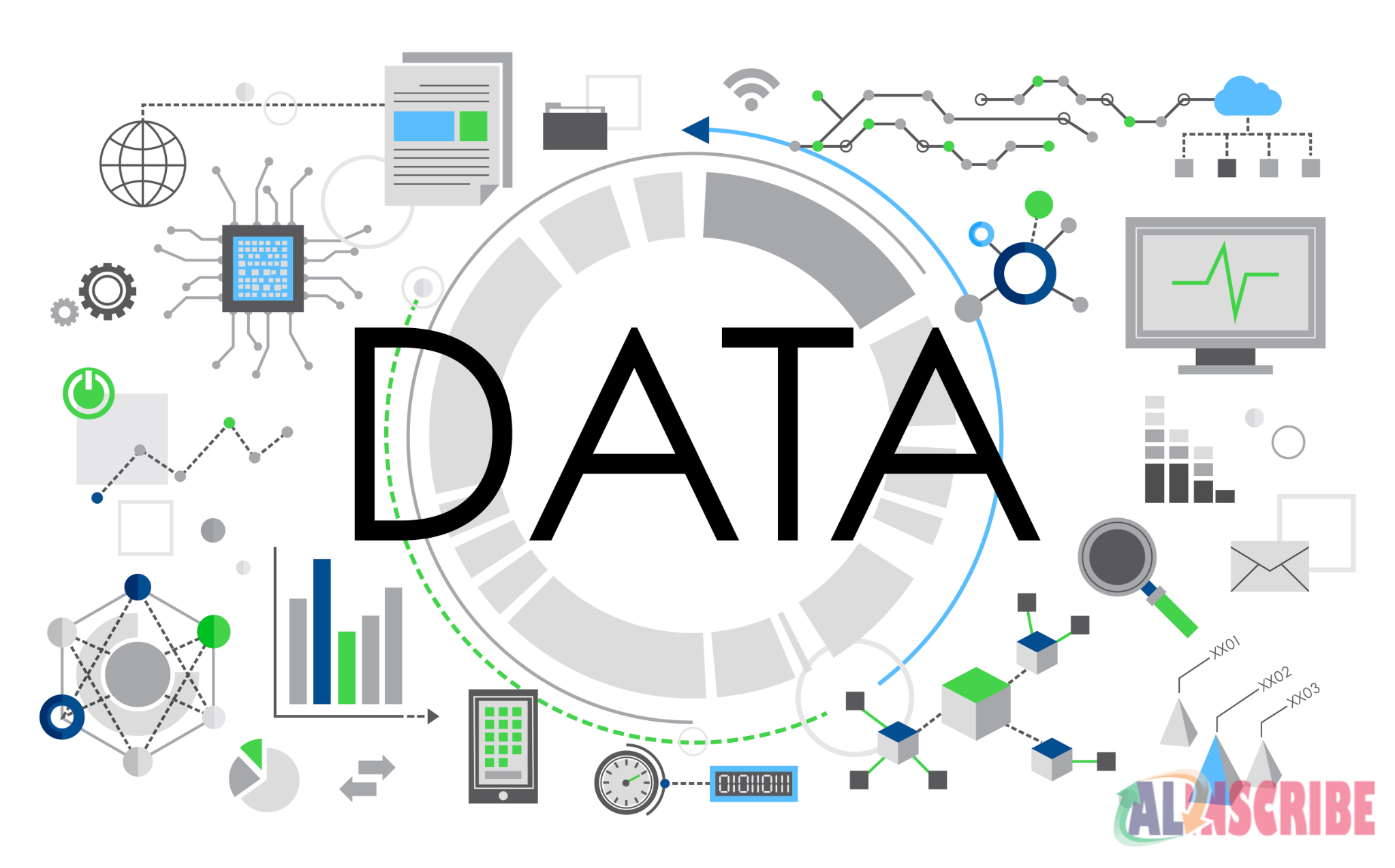A Detailed 2025 Guide On Logical Database Model
Author: n.paul
Published in: Information Technology

As we all know, Database is a structed collection of data that is stored electronically. Database can contain many types of data including files, video, images and texts. Now, managing the said database is a lot trickier than it seems. For managing and organizing database in a structured manner, the concept of database model was born.
A database model is a logical representation of how data is organized and structed within a database. It also defines the relationship between entities and attributes. Basically, a database model is a blueprint of how data is stored and accessed.
Different types of Database Model:
The types of database models are created based on their varying levels of flexibility and complexity. Some of the most common types of database models are presented below:
- Logical database model
- Hierarchical model
- Network model
- Object-oriented model
- Entity-relationship model
- Document model
- Graph model
In our today’s article, we are going to present a detailed description on Logical Database Model. So, before we dive into the complexities, let’s get to know what it is.
What is Logical Database Model?
Logical database model is an independent physical database model that establishes the structure of data elements and the relationships among them. The logical database model takes the elements of conceptual data modeling a step further by adding more information to them. Logical database model incorporates every element of information that are crucial for running business on a day-to-day level.
What are the components of Logical database model?
Logical database model is constructed with three primary components, which are:
Entity:
Entities represent a set of persons, things or concepts associated to or relevant to a business.
Relationship:
Every relationship represents an association between two of the said entities.
Attributes:
Each attribute is a piece with more description, such as an information, which can be helpful in describing an entity further.
Each of the above-mentioned components are given a name and a textual definition, which help in documenting business rules and outlining information requirements. However, the above components are limited to the business requirements only. Those can not process the mentioned business requirements, neither can store or implement those.

What are the characteristics of logical database model?
The logical database model serves as an essential intermediary between the abstract conceptual model and the concrete physical model. It focuses on how data is organized and the relationships between data elements, without diving into the specific technical details of how that data is stored. Here's a breakdown of its key characteristics:
- Abstraction:
- A core characteristic is its emphasis on abstraction. It prioritizes the structure of data and its relationships, abstracting away the complexities of physical storage. This allows for a clear understanding of data needs without being tied to specific hardware or software.
- Entity-Relationship Focus:
- Logical models heavily rely on entities (real-world objects), attributes (characteristics of those entities), and relationships (associations between entities). Entity-Relationship Diagrams (ERDs) are commonly used to visually represent these components.
- Platform Independence:
- A crucial aspect is its independence from specific Database Management Systems (DBMS). This means the logical model can be implemented across various database platforms, providing flexibility and adaptability.
- Normalization:
- Logical modelling often involves normalization, a process that aims to minimize data redundancy and improve data integrity. This ensures that data is organized efficiently and consistently.
- Data Integrity:
- It emphasizes defining business rules, constraints, and validation rules to maintain data integrity. This includes ensuring data accuracy, consistency, and reliability.
- Business Requirement Orientation:
- Logical models are closely aligned with business requirements. They translate business needs into a structured representation of data, facilitating effective communication between stakeholders and developers.
- Data Relationships:
- Logical data models strongly emphasize the relationships between different sets of data. The relationships, such as one to one, one to many, and many to many, are defined within the model.
In essence, the logical database model bridges the gap between business needs and technical implementation, providing a clear and structured representation of data that is independent of specific technologies.
What are the advantages of logical database model?
- One of the biggest advantages to be associated with the course of logical database model is that it is highly stable and conductive, which certainly helps in physical data sharing and data re-using. This leads towards reduced storage of redundant data.
- Logical database model components can be re-used, adapted and recycled even under an often-changing atmosphere.
- The costs that are associated with building and maintaining logical database model is often more than any other type of DBMS. However, investing once is logical database model can totally be worthwhile in the bigger scheme of things.
- The process of building a logical database and everything that comes right after that, such as designing, coding, testing, deployment and so on, is rather a fast process. And once you have it done, you will hardly have to worry about anything else.
- Another of the best advantages of logical database model is that it allows changes, correction of mistakes prior to the implementation. Hence, if you find a mistake in your dataset and need to have it corrected before it’s implemented then it’s only logical database model which allows you to do so.
- Logical database model can be used for impact analysis.
What are the disadvantages of logical database model?
While the logical database model offers significant advantages in organizing and understanding data, it also presents certain disadvantages. Here's a breakdown:
- Abstraction Complexity:
- The abstraction inherent in logical models, while beneficial, can also be a drawback. Translating complex real-world scenarios into abstract entities and relationships can be challenging and prone to errors. This requires a high level of expertise and careful analysis.
- Lack of Physical Implementation Details:
- The model's focus on abstract structure means it lacks specific details about physical implementation. This can lead to discrepancies between the logical design and the actual physical database, potentially causing performance issues or implementation difficulties.
- Potential for Misinterpretation:
- Because logical models rely on interpretation, different stakeholders may perceive the model differently. This can lead to misunderstandings and inconsistencies in data representation, especially in large, complex projects.
- Time and Resource Intensive:
- Developing a comprehensive and accurate logical model can be time-consuming and resource-intensive. It requires thorough analysis of business requirements, data relationships, and constraints. This can add to project costs and timelines.
- Difficulty in Handling Unstructured Data:
- Logical models are primarily designed for structured data. They may struggle to effectively represent and manage unstructured data, such as documents, images, or videos, which are increasingly prevalent in modern applications.
- Over-Engineering Risk:
- It is possible to over engineer the logical data model. By this I mean that too many relations and restrictions can be placed on the data, that may not be needed. This can cause problems with the physical implementation of the database.
- Communication Gaps:
- Although logical models are intended to facilitate communication, they can also create gaps. Technical personnel might focus on the model's technical aspects, while business stakeholders may struggle to understand its intricacies. This can impede effective collaboration.
In summary, while the logical database model is a valuable tool for data organization, its abstract nature and lack of physical implementation details can introduce complexities and potential challenges.

Database Designing using Logical database model
Database design is a critical process for creating efficient and effective data management systems. The logical database model plays a pivotal role in this process, acting as a bridge between the conceptual understanding of data and its physical implementation. It focuses on the "what" rather than the "how," defining the structure of data and the relationships between different data elements independent of any specific database management system (DBMS).
The logical database model is a representation of the data requirements of an organization or application, expressed in a way that is understandable to both business users and database developers. It abstracts away the technical details of storage and retrieval, allowing designers to concentrate on the inherent structure of the data itself.
Key aspects of logical database modelling include:
- Entities and Attributes:
- Entities represent real-world objects or concepts, such as customers, products, or orders.
- Attributes are the characteristics or properties of these entities, such as customer name, product price, or order date.
- For example, a "Customer" entity might have attributes like "CustomerID," "Name," "Address," and "Phone Number."
- Relationships:
- Relationships define how entities are connected to each other.
- Common types of relationships include one-to-one, one-to-many, and many-to-many.
- For instance, a "Customer" can have a one-to-many relationship with "Orders," meaning one customer can place multiple orders.
- Normalization:
- Normalization is a process of organizing data to reduce redundancy and improve data integrity.
- It involves breaking down tables into smaller, related tables and defining relationships between them.
- Normalization helps prevent data anomalies, such as insertion, update, and deletion anomalies.
- Data Integrity:
- Logical database models incorporate rules and constraints to ensure data accuracy and consistency.
- These constraints can include primary keys, foreign keys, and check constraints.
- Primary keys uniquely identify each record in a table, while foreign keys establish relationships between tables.
- Data Modeling Techniques:
- Entity-Relationship (ER) diagrams are commonly used to visually represent logical database models.
- ER diagrams use symbols to depict entities, attributes, and relationships.
- Other modeling techniques include relational modeling and object-oriented modeling.
The process of logical database design typically involves the following steps:
- Requirement Analysis: Gathering and analyzing the data requirements of the organization or application.
- Conceptual Modeling: Creating a high-level representation of the data using an ER diagram or other modeling technique.
- Logical Modeling: Refining the conceptual model into a more detailed logical model, defining entities, attributes, relationships, and constraints.
- Normalization: Applying normalization techniques to reduce redundancy and improve data integrity.
- Data Dictionary Creation: Documenting the data elements and their definitions in a data dictionary.
The benefits of using a logical database model for database design include:
- Improved Data Quality: Normalization and data integrity constraints help ensure data accuracy and consistency.
- Reduced Data Redundancy: Normalization minimizes data duplication, saving storage space and improving efficiency.
- Enhanced Data Integrity: Constraints and rules ensure that data is valid and consistent.
- Better Communication: Logical models provide a common language for business users and database developers.
- Increased Flexibility: Logical models are independent of specific DBMSs, making it easier to migrate or change systems.
- Simpler database maintenance: well designed databases are easier to update, and change.
Conclusion
In conclusion, the logical database model is an essential tool for designing effective and efficient data management systems. By focusing on the structure of data and its relationships, it provides a solid foundation for physical database implementation and ensures data quality, integrity, and consistency. If anything is being a little challenging for you to understand there are always database design services to help you out.
Article Comments
Similar Articles
Articles Search
Sponsor
There are zero sub-categories in this parent category.
There are zero sub-categories in this parent category.
There are zero sub-categories in this parent category.
















